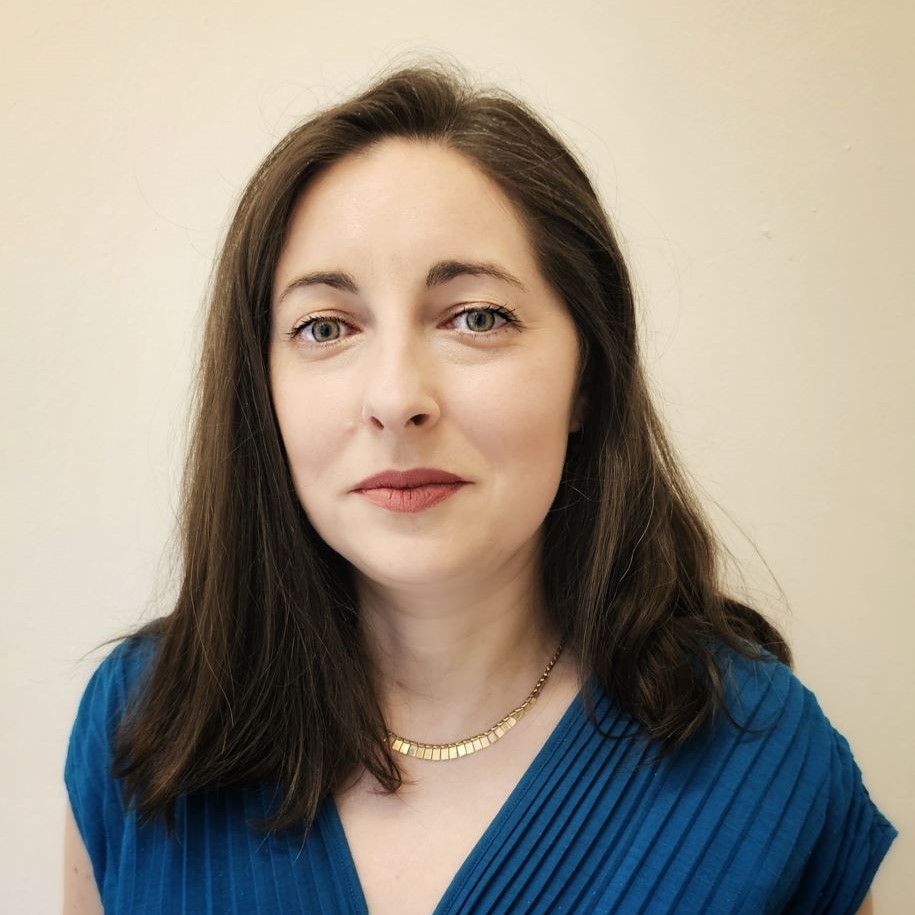About the Garstang Museum
In 1904, the Liverpool Institute of Archaeology was founded by John Garstang, affiliated with the University of Liverpool. Largely funded by private benefactors, the Institute contained both a library and a museum, intended to support the work of the staff and the teaching of its students. These are core roles that the Garstang Museum of Archaeology continues fulfil today.

Originally housed on the ground floor of 40-42 Bedford Street, this first Museum comprised four rooms. Objects were grouped chronologically, and the collections were chiefly made up from Egyptian antiquities which had been recently excavated by the Institute’s staff.
In 1941, Liverpool suffered from particularly heavy bombing, and the Institute of Archaeology Museum was hit during one of the raids. This led to the dispersal of parts of the collection to safer locations in the city, under the management of Liverpool’s public museums. After the war, some of the material was returned, while other parts of the collection are now on permanent loan to the Liverpool World Museum.

In 1948, the Institute of Archaeology was merged with the University’s School of Oriental Studies, and officially became part of the University at that time. In 2004, the School of Archaeology, Classics and Egyptology Museum was official renamed the Garstang Museum of Archaeology, to celebrate the centenary of the foundation of the Institute. The Museum is now part of the University of Liverpool’s integrated heritage structure.
A variety of material is now kept at the Garstang Museum. The larger part of the Museum’s collection derives from the excavations of John Garstang in Egypt, the Sudan, and the Near East. Other material derives from the excavations of other early members of the Institute at home and abroad, and some of the objects now in the Museum were bought by the University to supplement the collection and to aid in its use for teaching.
Today, the Museum collection remains an important part of teaching and research into Archaeology, Ancient History, Classics and Egyptology at the University of Liverpool.


